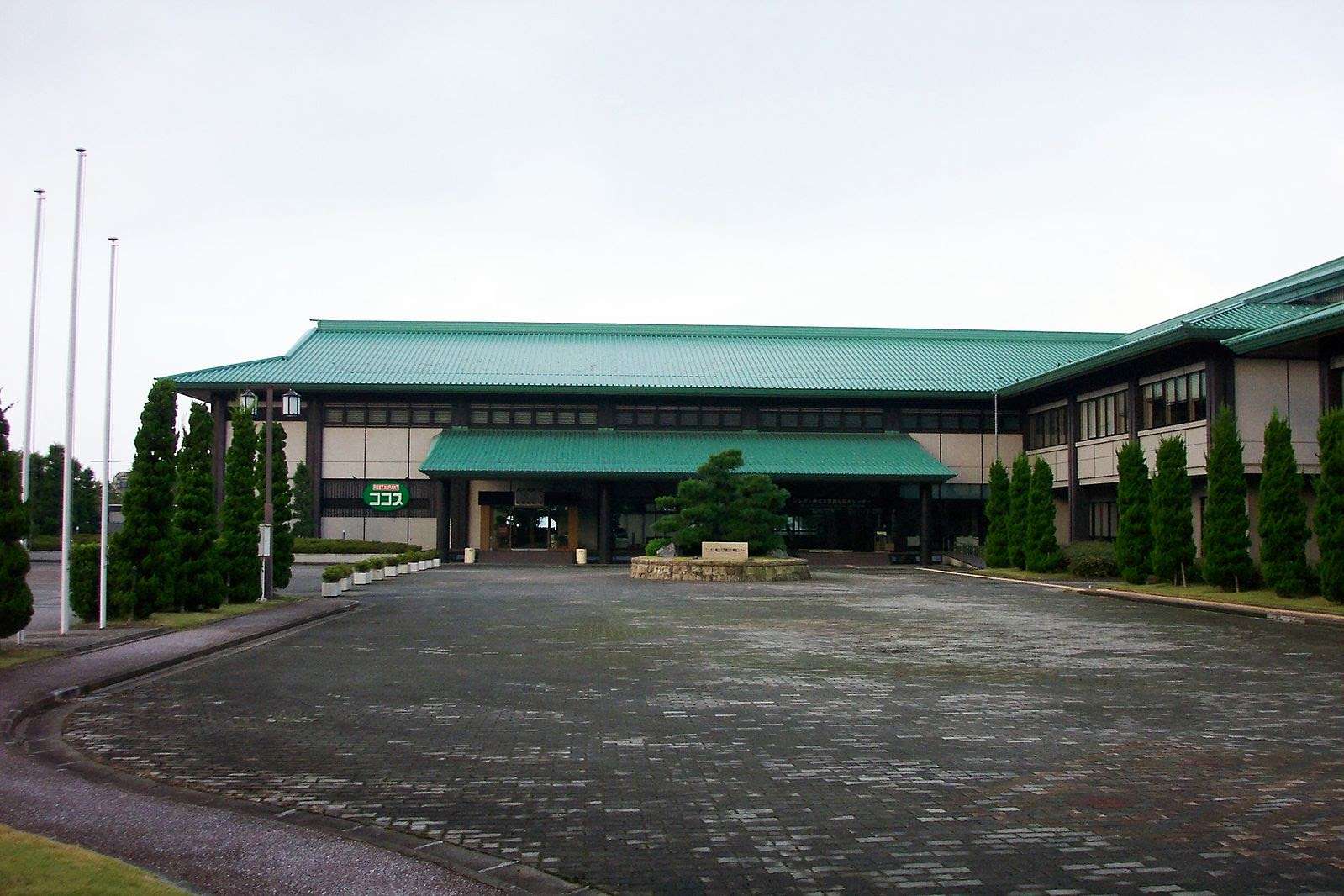Following the Allied victory in World War II and a period of U.S. occupation, the United States and Japan put relations on equal footing starting in 1952. Armed with fluent Japanese skills and in-depth knowledge in industrial relations, Professor Solomon B. Levine travelled back and forth from the United States and Japan and became a pioneer in the study of Japanese industrial and labor relations.
Levine made a total of twenty-seven trips to Japan with the help of government grants and funds. Interestingly, instead of a collaboration between the Japanese government and the U.S. government on a federal level, Levine was part of a state-level labor exchange program between the Shiga prefecture and Michigan.
The Shiga government wanted U.S. investment and hoped that it would come from big corporations. The “Big Three”—General Motors, Ford, and Fiat Chrysler Automobiles—were all nestled in Michigan, which provided a great environment for Shiga to satisfy its long-term interests. The program was advertised as an opportunity for young people in Michigan to learn Japanese and the nation’s culture. Moreover, it was a way to pull funds and U.S. talent to boost Japanese-U.S. business ties.
The exchange program did not come to fruition without controversy. The government of Shiga had built two buildings in Ann Arbor, Michigan, which were then gifted to the state to be the Michigan Center for Japanese Studies. The Michigan government also took part of its state budget and scholarship money to pay for the institute. This collaboration quickly became a hot button issue during a time when Americans saw Japan as a rising industrial threat. As a result, the program’s budget was cut in half and was sidelined by the creation of a private foundation.
Solomon B. Levine’s interview was conducted by Morris Weisz on May 26th, 1994.
Read Solomon B. Levine’s full oral history HERE.
Drafted by Joyce Ma
ADST relies on the generous support of our members and readers like you. Please support our efforts to continue capturing, preserving, and sharing the experiences of America’s diplomats.
Excerpts:
“The main argument was that there should be Michigan kids learning Japanese . . . .”
The Genesis of the Program:
It is to my knowledge the first and only program run at the state level between a state of the United States and a prefecture in Japan. The prefecture in this case is Shiga. Rather than a U.S. federal government practice Japan’s central government exchange is at a state level.
Q: What is the political and economic purpose of such an exchange at levels so low?
Let me tell you. Shiga’s interest is a very long-term interest. They want American investment coming into Shiga Prefecture. They were hoping it would come from the big corporations of Michigan.
The main argument was that there should be Michigan kids learning Japanese, and learning about Japan by those who would work for an American corporation. One pledge they got out of the “Big Three,” was that they would hire numbers.
…

The Program’s Controversy:
Shiga went ahead and built two big buildings, which they gave to the state of Michigan to be the Michigan Center for Japanese Studies in this town of Ann Arbor. Michigan put up several hundred thousand dollars in their state budget to help support this, mainly with scholarship money (…) Then it became a hot potato.
Q: We’re giving money to the Japanese.
I never heard of this before. Last year the governor of Michigan said, “I don’t want this as an issue.
Q: This is a new Republican governor?
This is the new Republican governor. He pulls it out of the bucket and instead establishes a private Michigan/Japan Foundation.
It’s a private organization, accepting contributions from all the big companies.
Q: And unions?
I don’t know if he has gotten interested in the unions. I doubt he has gotten a nickel from the unions, but apparently the big corporations, GM, Chrysler, Ford, were all willing to give something.
Q: Are they contributing enough to make up for what—
Presumably, they were going to raise enough money to cut (…) the Michigan budget. This year they announced that they were cutting it in half. The center is in great trouble politically. Will it survive? Shiga is trying to come to its rescue. They are trying to get enough out-of-state enrollment, so that out-of-staters will pay for this Michigan center.
TABLE OF CONTENTS HIGHLIGHTS
Education
BA in Economics, Harvard College 1942–1947
MA in Economics, Harvard Business School 1947–1949
PhD in Economics, MIT 1947–1949
U.S. Navy 1942–1946
Champaign, IL, USA— University of Illinois, Professor 1951–1969
Director of Asian Studies Center
Madison, WI, USA—University of Wisconsin-Madison, Professor 1969–1990
Chair of East Asian Studies Program

